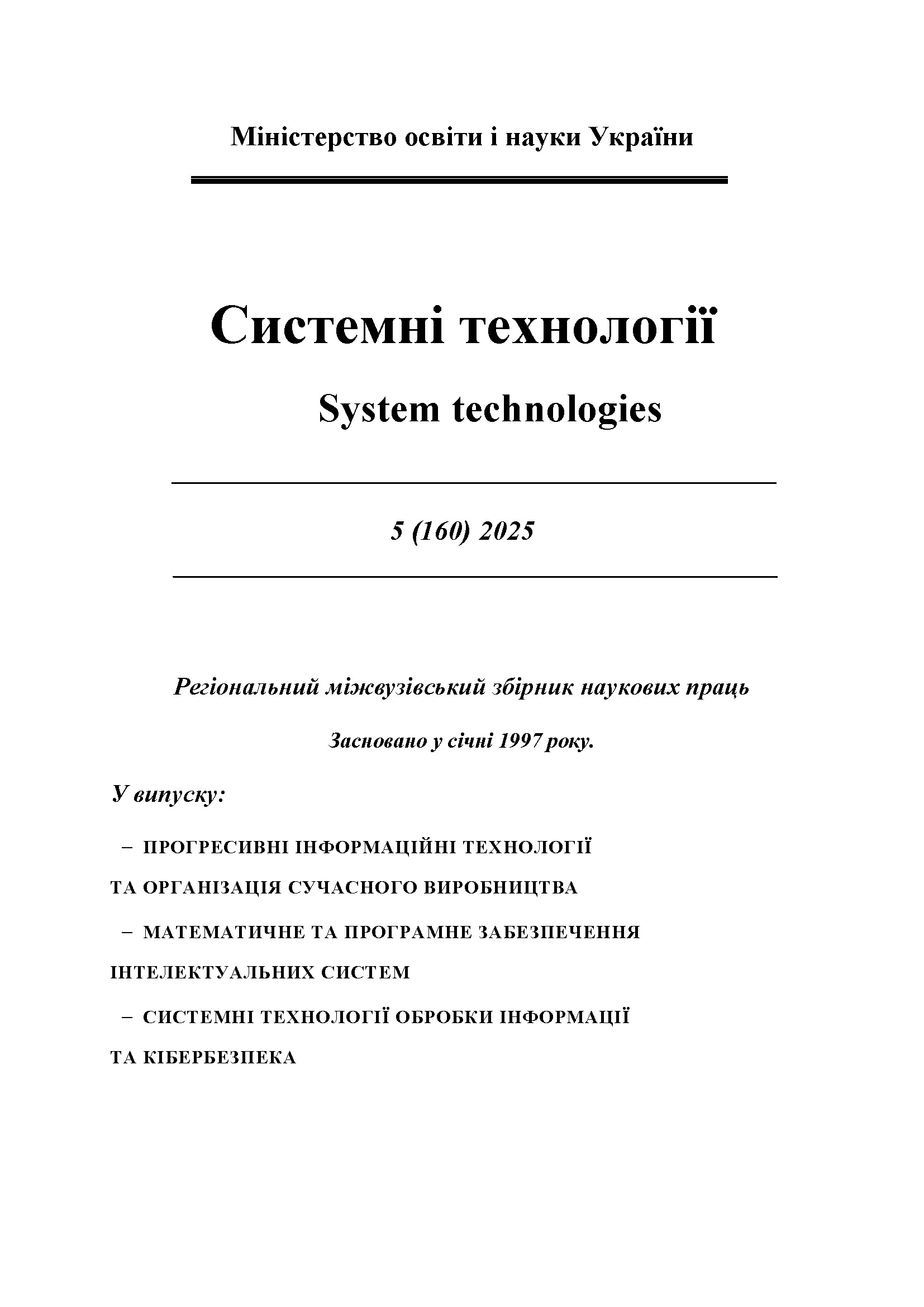Information technology for decision support in the field of video surveillance
DOI:
https://doi.org/10.34185/1562-9945-5-160-2025-09Keywords:
video surveillance, information technology, decision support, security, AI, machine learning, edge computing, data analytics, system integration, automatic detectionAbstract
The article explores the concept of developing a modern information technology system designed to provide effective decision support in the field of video surveillance. Given the in-creasing volume of video data generated by monitoring systems, especially in urban environ-ments, there is a growing need for high-performance solutions capable of operating in real time. The focus is placed on analyzing technological approaches to video stream processing using artificial intelligence, machine learning methods, edge computing, and cloud-based so-lutions. The study presents an architectural model of a multi-level information system that includes modules for data collection, preprocessing, analytics, and decision-making. Special attention is given to event detection algorithms and the classification of behavioral patterns, which helps reduce dependence on human intervention during surveillance analysis.
The paper also examines aspects of integrating such systems with other information-analytical platforms, including biometric databases, geographic information systems, and ac-cess control systems. The advantages of edge architectures are substantiated, as they reduce video processing latency, enhance system autonomy, and lower the load on central infrastruc-ture. The research findings can be applied to the development of next-generation intelligent security systems, particularly within the framework of the Smart City concept. The proposed approach can be adapted to meet the needs of local authorities, law enforcement agencies, and private sector entities involved in the protection of critical infrastructure. The results demonstrate the practical value of implementing advanced IT solutions in the domains of se-curity and monitoring.
References
Alshammari M., Ahmad M.W., Shah S.A.A. Deep learning-based person re-identification and anomaly detection for smart surveillance systems // IET Im-age Processing. – 2023. – Vol. 17, Issue 4. – P. 259–273. – Rezhym dostupu:
https://ietresearch.onlinelibrary.wiley.com/doi/10.1049/ipr2.12720
Pratt I. Artificial Intelligence and Video Surveillance // Philosophical Archive. – 2023. – Rezhym dostupu: https://philarchive.org/archive/PRAAIV-2
Hanwha Vision. Public Surveillance and AI: The Challenges of Balancing Safety and Ethics in Smart Cities // Hanwha Vision News Center. – 2024. – Re-zhym dostupu: https://www.hanwhavision.com/vn/news-center/1576882
Luna A., Tortonesi M., Paganelli F. A Cloud-based Architecture for Smart Vid-eo Surveillance // ResearchGate. – 2017. – Rezhym dostupu:
Zhuromska M.V. Tekhnolohichne pidgruntia ta vyklyky videoanalityky v miskomu prostori // Naukovyi zhurnal «Informatsiini tekhnolohii ta proiektuvannia». – 2020. – № 1(8). – S. 44–49. – Rezhym dostupu:
http://journal.nitip.com.ua/media/uploads/documents/8_1_20.pdf
Vakaliuk T.A. Informatsiini tekhnolohii intelektualnoho videospostere-zhennia: problemy ta perspektyvy // Modern Development of Education and Science. – 2023. – № 5. – Rezhym dostupu: https://mdes.khmnu.edu.ua/index.php/mdes/article/view/446
Downloads
Published
Issue
Section
License
Copyright (c) 2025 System technologies

This work is licensed under a Creative Commons Attribution 4.0 International License.















